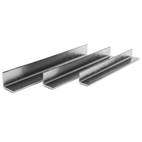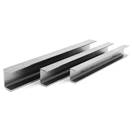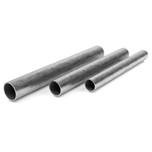By Gabrian
The use of aluminum extrusion in product design and manufacturing has increased significantly in recent decades.
According to a recent report from Technavio, between 2019-2023 the growth of the global aluminum extrusion market will be accelerating with a Compound Annual Growth Rate (CAGR) of almost 4%.
Perhaps you’ve heard of this manufacturing process and are wondering what it is and how it works.
Today we’ll discuss what aluminum extrusion is, the benefits it offers, and the steps involved in the extrusion process.
We’ll begin with the most basic and essential question.
Table of Contents
- What is Aluminum Extrusion?
- What Kinds of Shapes Can be Extruded?
- The Aluminum Extrusion Process in 10 Steps (Video Clips)
- What Happens Next? Heat Treatment, Finishing, and Fabrication
- Summary: Aluminum Extrusion is an Important Manufacturing Process
- Aluminum Extrusion Design Guide
What is Aluminum Extrusion?
Aluminum extrusion is a process by which aluminum alloy material is forced through a die with a specific cross-sectional profile.
A powerful ram pushes the aluminum through the die and it emerges from the die opening.
When it does, it comes out in the same shape as the die and is pulled out along a runout table.
At a fundamental level, the process of aluminum extrusion is relatively simple to understand.
The force applied can be likened to the force you apply when squeezing a tube of toothpaste with your fingers.
As you squeeze, the toothpaste emerges in the shape of the tube’s opening.
The opening of the toothpaste tube essentially serves the same function as an extrusion die. Since the opening is a solid circle, the toothpaste will come out as a long solid extrusion.
Below, you can see examples of some of the most commonly extruded shapes: angles, channels, and round tubes.
On top are the drawings used to create the dies and on the bottom are renderings of what the finished aluminum profiles will look like.
The shapes we see above are all relatively simple, but the extrusion process also allows for the creation of shapes that are much more complex.
Post time: Mar-29-2021








